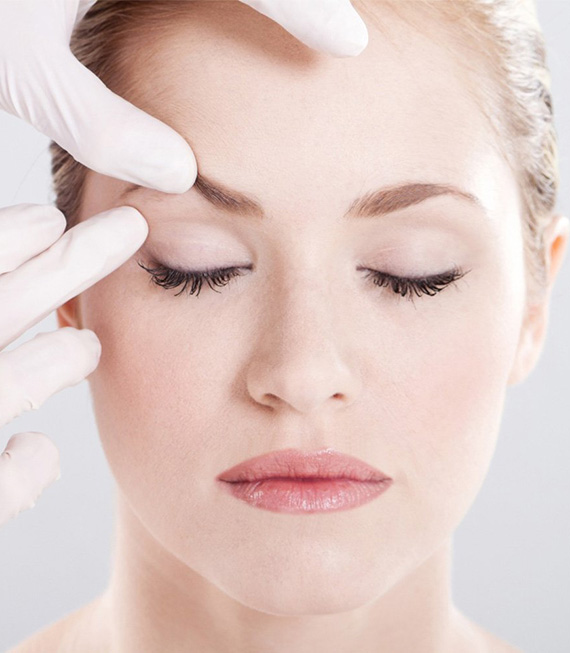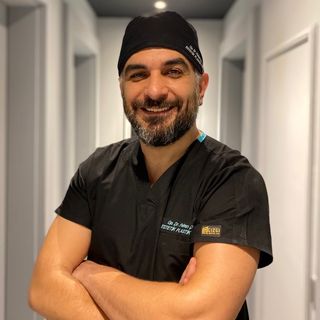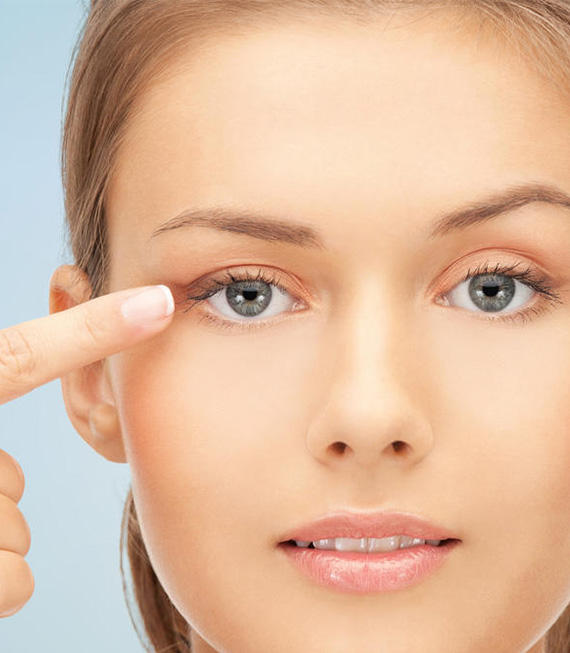
WHAT IS EYELID SURGERY?
Eyelid aesthetics surgery is an operation to create an aesthetic appearance by preventing sagging, drooping and wrinkling of the eyelids. It can be applied to the upper and lower eyelids. These operations are applied to the patient under local or general anesthesia, depending on the situation, for a period ranging from one to three hours. The procedure helps to remove excess fatty tissue, excess muscle and skin from the eyelid area and achieve an aesthetically pleasing and youthful appearance.
WHO CAN HAVE EYELID SURGERY?
There is no age limit for eyelid surgery. Of course, it cannot be applied before the age of 18 and anyone over 18 can benefit from eyelid surgery. When you make a request to your doctor, the necessary tests are performed and if there are no problems, eyelid surgery can be performed.
Eyelid surgery is much more requested by young women. Women between the ages of 20 and 30 and young men in the same age range are turning to cosmetic specialists for eyelid surgery.

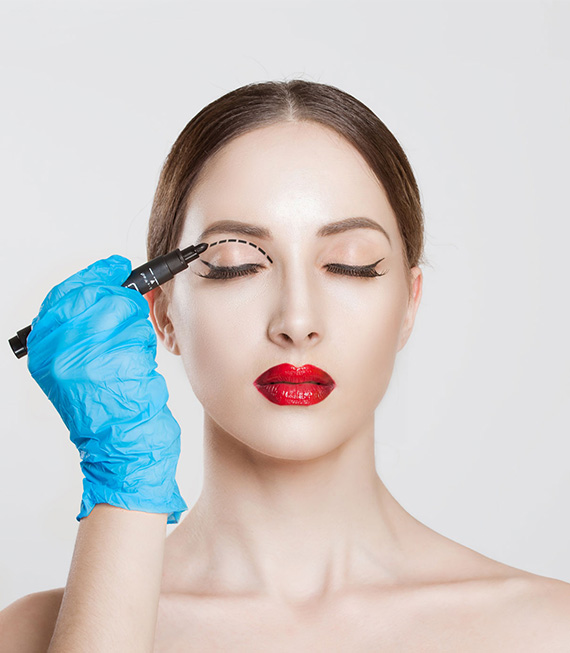
HOW IS EYELID SURGERY PERFORMED?
Although eyelid surgery varies from patient to patient, it is usually performed under local anesthesia and general anesthesia if necessary. Regardless of the type of anesthesia, the patient feels no pain or soreness during the procedure. In the operation, we usually want to achieve complete results by working on both the upper and lower eyelids. The upper eyelid is cut from the crease line and excess fatty tissue, muscle residue and skin pieces are removed. It is then sutured with specially designed sutures to minimize scarring. With the removal of fatty tissue, skin and muscle residue, the eyelid takes on a taut, youthful appearance.
After the upper eyelid surgery, the same procedures are applied to the lower eyelid by making an incision in the eyelash area. The duration of the operation is usually between one and three hours. Once the operation is successfully completed, dressings are applied to the eyelids that do not interfere with vision and the patient can usually leave the same day.
THINGS TO PAY ATTENTION
Although the eyelid is a small area, it is an operation that requires serious expertise because of the precious organ (the eye) underlying this area. What the patient should pay attention to before and after the operation:
- Before surgery, the recommendations given by your surgeon must be strictly followed. These recommendations are generally important to ensure the success of the operation and make it permanent.
- The eyes should not be rubbed for the first week after the operation. In the days following the removal of the stitches, one must be very careful and delicate.
- For ten days after the operation, the patient should not wear makeup on the operated area and should protect it from direct sunlight. It is not recommended to wear contact lenses during the first week.
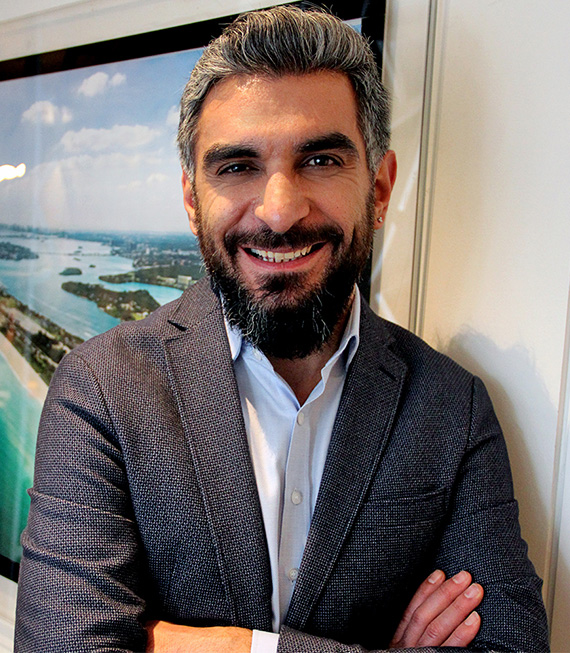

WHAT ARE THE BENEFITS OF THE EYELID SURGERY?
The benefits oF eyelid surgery can be divided into two categories: the benefits that come from the fact that it is a plastic surgery and the benefits that come specifically from the surgery performed on the eyelid area.
- If problems such as sagging and wrinkles in the eyelid area are due to age and genetics, these problems are eliminated by plastic surgery.
- If combined with other parts of the face in the post-surgery process, eyelid aesthetics is the key to a youthful appearance.
- A vigorous and dynamic appearance is achieved by tightening the eyelids.
- With a successful operation, the patient’s psychology improves and he/she is successful in his/her social life.
HEALING PROCESS
If the recommendations given by the doctor are followed strictly in the post-operative process, the healing process will proceed as follows:
- When the patient goes out from the surgery, there are bandages in the eyelid area so as not to obstruct vision and these bandages must be changed regularly.
- After the operation, it is normal to have slight swelling and bruising of the eyelid and eye area.
- The stitches are removed at the end of the first week and the swelling and bruising will disappear within a week of the stitches being removed.
- Although the stitches are removed at the end of the first week, the dressings are usually removed before the stitches.
